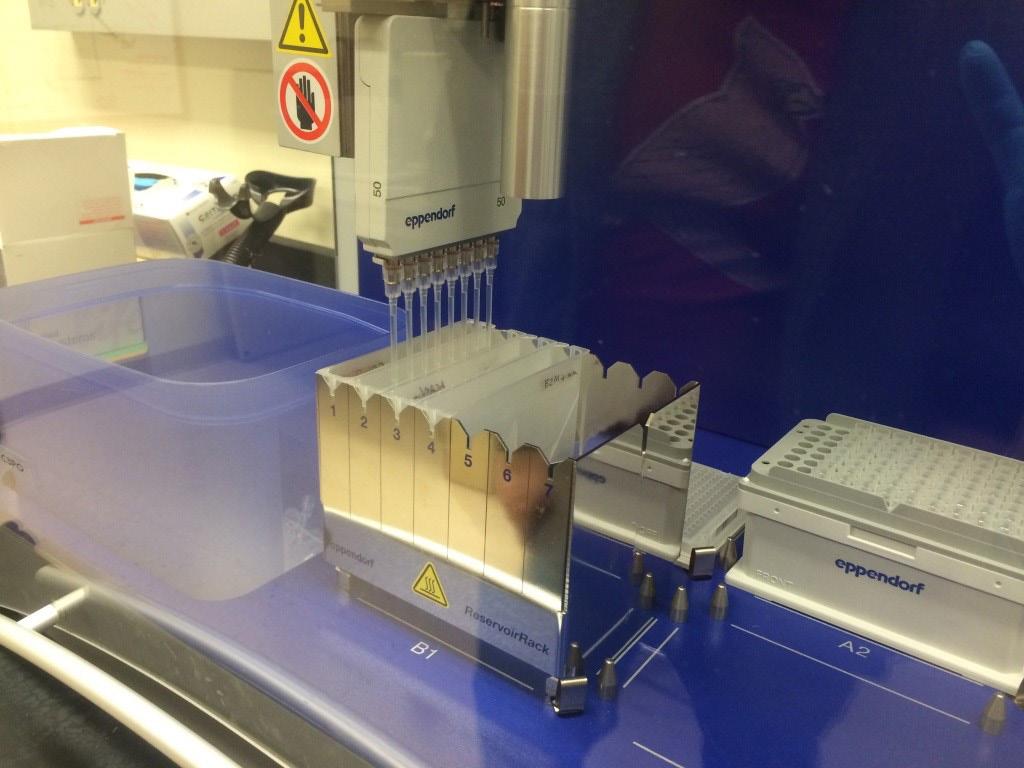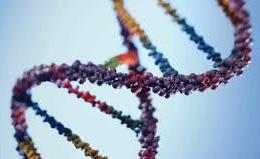SCIENCE SLEUTHS: THE SCIENCE THAT SHAPES DIAGNOSTIC TESTS
WANTED DEAD OR ALIVE – DOES PCR SUPERSEDE TRADITIONAL TECHNIQUES? As we discussed in a previous issue (PCR – what’s behind this commonly used acronym?) PCR, or the polymerase chain reaction, is an incredibly sensitive technique to detect DNA. The technique is used for parentage testing, in forensic science and is heavily relied upon in medical testing to diagnose diseases, such as those caused by bacteria and viruses. Our desire for rapid and sensitive tests to diagnose infections has pushed us to expand the number of PCR tests available and validated for use. As we discussed before, PCR can be performed in a matter of hours, whereas other techniques can take days to weeks. So why do we even need to retain the more traditional techniques at all when we have this amazing modern age method in our toolkit? Well, as anyone who has watched a crime show on TV can tell you, DNA is a very stable molecule and can be detected easily with modern PCR techniques. This can lead to minute traces of DNA being enough to find the culprit of the crime, but is it as accurate when we are looking for the culprit responsible for disease in an animal? There are a few factors to consider here. The first factor is the incredible stability of the DNA molecule. DNA fragments can exist in the environment for some time and can still be detected via PCR testing if the fragment corresponds the right primer sequence added to the reagent mix as we discussed in the previous article. That brings us to our next considerations. Since we use short (~20 nucleotide) se-
PHOTO COURTESY DR. EMMA ADAM.
quences unique enough to identify a specific bacteria or virus, how do we know if these sequences come from a fragment of the genome of interest or the presence of the whole genome? Additionally, do we know if that bacterium is still viable and capable of replicating and causing disease? The answers are not clear cut. Bacteria and viruses can survive in the environment and remain viable for variable periods of time depending on conditions and the veracity of the agent itself. Viruses are obligate intracellular pathogens and, as a result of that, virus isolation techniques are quite involved but do remain the ‘gold standard.’ Techniques to isolate viruses require special lab equipment, skilled staff and can take days to weeks, even when there is considerable knowledge on how to culture that particular virus. Bacteria have traditionally been considered easier to culture in the
lab and we have a long history of research that has generated knowledge on how to grow certain types of bacteria, prevent overgrowth of fastidious bacteria by those that grow easily in vitro and so on. Bacteria can be difficult to grow if the animal has received antibiotics, present in small numbers and easily overgrown by other bacteria in the sample or prefers conditions that we don’t yet understand or replicate in vitro. As such, whilst culturing bacteria is a more accessible and quicker process than it might be with viruses, it’s not without issues. That said, the ability to demonstrate bacterial growth from a sample is the ultimate demonstration that the bacteria are present, viable and can replicate, making culture still the ‘gold standard.’ Let us consider two real world scenarios. Streptococcus equi subspecies equi, the causative agent of ‘strangles’ is not a commensal
EQUINE SCIENCE REVIEW | CA.UKY.EDU/EQUINE



